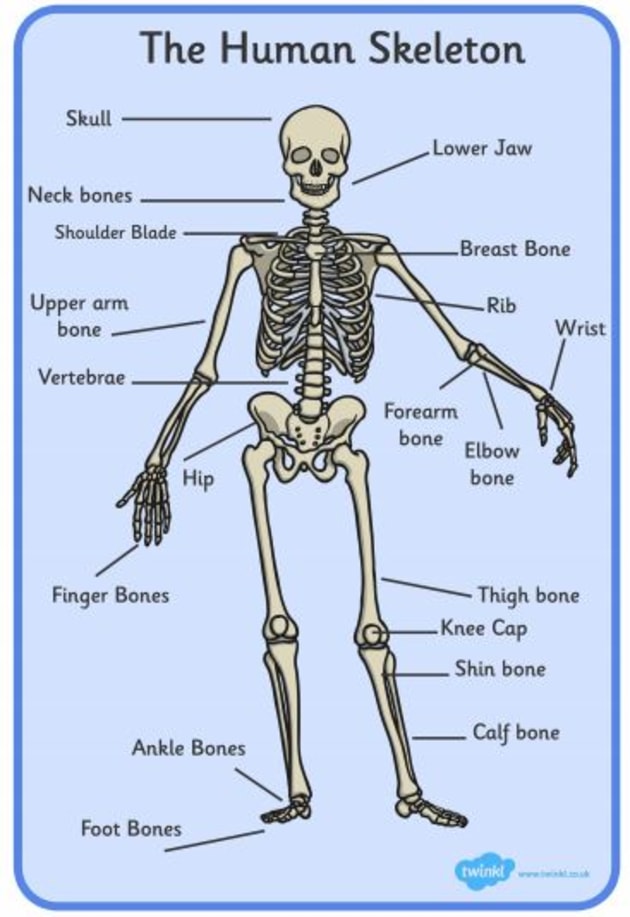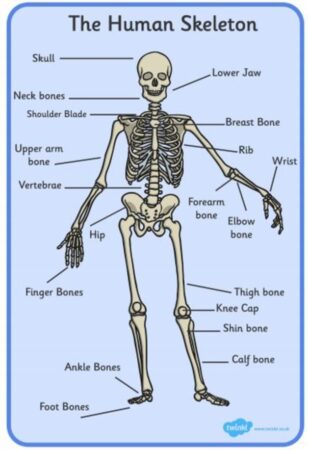
Human body
Basic Facts About the Human Body
Have you ever wondered how the Human body works? Have you ever wondered if it is made up of a cylinder, three tubes, or a rod? The cylinder shape is most apparent in the embryo. The rod shape is only evident in the trunk region. The other parts are shaped differently. Read on to discover how the Human body works! Here are some basic facts about the Human body. It will be easier for you to understand the organs and biochemical constituents.

Functions
The human body contains trillions of cells that are continuously engaged in activities aimed at maintaining homeostasis. The most common activities include responding to environmental changes, exchanging materials within and between cells, metabolizing food, and integrating the diversity of activities carried out by the human body. The efficiency of functions gradually changes through the years. The efficiency of body functions is lowest during infancy and peak during childhood and young adulthood.
Structure
The human body is made up of a variety of different structures and functions. From the smallest parts to the largest organs, the has many different levels of organization. The basic architecture of the body is composed of hydrogen, oxygen, carbon, phosphorus, and other substances found in living creatures. There are also trillions of cells throughout the body. To better understand the human body, take a look at a table that outlines the basic parts.
Organs
In a complex multicellular organism, cells form organs, which are collections of similar cells that work together to perform a common function. Organs can be found in both animals and plants and are often grouped into organ systems to carry out a common function. The human body has multiple organ systems, with each system serving a different purpose. Listed below are some examples of organ systems. The heart pumps blood, kidneys filter blood, and lungs take in oxygen and eliminate carbon dioxide.
Biochemical constituents
Understanding the biochemical composition of the human body is a crucial part of understanding the body and its physiology. Biological processes are regulated by different biochemical processes, and a thorough understanding of the processes involved is essential to human health and disease. This section briefly describes the various biochemical components of the human body, as well as their interrelationships and functions. The content of this section is broad enough to interest anyone interested in biology, human physiology, or nutrition.
Diseases
In this textbook, you will learn about common human diseases, from cancer and diabetes to heart disease and other ailments. Explore Human Diseases and Disorders presents the information in an easy-to-read and organized format. If you’re interested in becoming a physician, you’ll want to learn more about diseases and their treatment options. This book will be useful for both students and medical professionals. It will give you an understanding of how diseases affect the body and how they can be prevented.
Evolution
Some researchers believe that the evolution of modern humans involved four major steps: terrestriality, bipedalism, a large brain, and civilization. These steps are acknowledged by competing hypotheses, but the order in which they occurred differs. For example, some believe that the human body evolved in Africa, while others believe that it was shaped by local climate. Whatever the case, human evolution has left a lasting impact on our modern bodies and behaviors.
Physiology
Physiology of the human body is the study of how our bodies work. It focuses on the chemistry and physics of the body’s organs, systems, and tissues. The field focuses on the natural tendency of the body to maintain a state of homeostasis, or balance, among internal conditions. The field uses both observation and laboratory experiments to better understand the human body’s functions and how to improve these systems.

Comments (0)